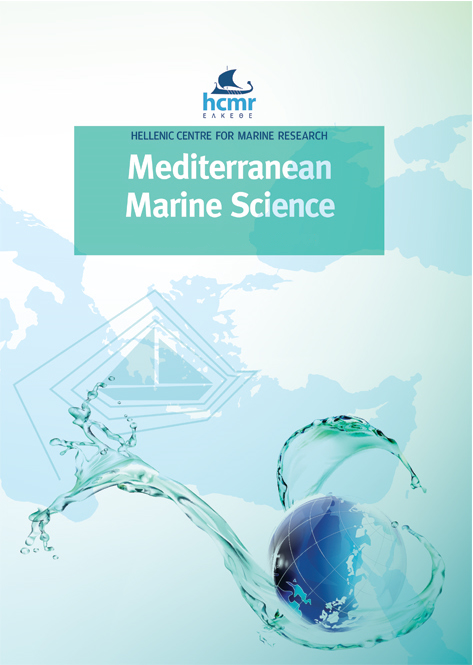Bridging the gaps: New records of Hazeus ingressus Engin, Larson & Irmak, 2018 from the Eastern Mediterranean with the first morphological description of larvae
Résumé
Hazeus ingressus Engin, Larson & Irmak, 2018, a new Indo-Pacific goby, was first discovered and described on Türkiye’s Mediterranean coasts before being detected in its native location. It may have entered the Mediterranean through the Suez Canal, as a native population was later found in the northern Red Sea. This study provides further reports of H. ingressus from İskenderun and Antalya Bay, indicating that the species is also found in the eastern and central parts of the Levant Basin. Samples were obtained from Antalya Bay on July 26, September 27, and İskenderun Bay on August 26, 2021. These reports are based on larval specimens identified through DNA barcoding, highlighting the efficacy of ichthyoplankton samplings as a valuable tool for monitoring non-indigenous fish species in the Eastern Mediterranean —an area prone to biological invasions. Observing larval stages also suggests local spawning, indicating the presence of reproducing populations. Our study provides the first morphological description of H. ingressus larvae, which may serve as a valuable reference for future studies.
Article Details
- Comment citer
-
MAVRUK, S., AKBULUT, G., CHARGUI, T., YALIM, F. B., KALECIK, E., YILMAZ, ŞAKIRE S., & AKTAŞ, ÖZGÜR. (2024). Bridging the gaps: New records of Hazeus ingressus Engin, Larson & Irmak, 2018 from the Eastern Mediterranean with the first morphological description of larvae. Mediterranean Marine Science, 25(2), 492–499. https://doi.org/10.12681/mms.37716
- Rubrique
- Research Article
Authors who publish with this journal agree to the following terms:
- Authors retain copyright and grant the journal right of first publication with the work simultaneously licensed under a Creative Commons Attribution Non-Commercial License that allows others to share the work with an acknowledgement of the work's authorship and initial publication in this journal.
- Authors are able to enter into separate, additional contractual arrangements for the non-exclusive distribution of the journal's published version of the work (e.g. post it to an institutional repository or publish it in a book), with an acknowledgement of its initial publication in this journal.
- Authors are permitted and encouraged to post their work online (preferably in institutional repositories or on their website) prior to and during the submission process, as it can lead to productive exchanges, as well as earlier and greater citation of published work (See The Effect of Open Access).









